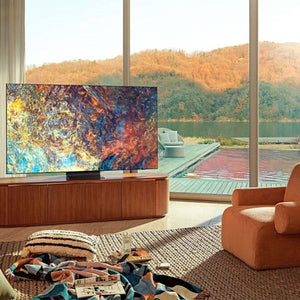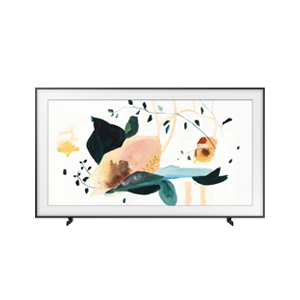The History of Midcentury Modern
Contributor piece: Kelly Porath of Blue Rose Interiors
Midcentury Modern has been heralded as an on-fire trend that just won’t burn out, but this style is more than a fly-by-night décor phenomenon or decorative recycle.

In the wake of the second world war, technologies and manufacturing processes that were maximized during battle were suddenly under-utilized and floundering. Factories, workers and their new products were forced to find new and novel ways to apply their outputs.

In combination with a societal backlash towards the lavish, over-embellished styles of Art Deco and other movements prior to the war, the desire was for a more simple, uncomplicated way of living.
The benefactor was the midcentury modern movement!

The primary goals of the Eames brothers, Eileen Gray and other who’s-who artists of the period were to strip away the congestion of décor to return an element to its purest form and still maintain its function – “sculpture for use!” was the mantra and the new post-war materials were a heyday. For the first time in history, mixed materials, tubular metals, plastics, pressed woods and other materials existed. They not only resulted in novel, simple, beautiful shapes but furnishings that were durable, produce-able en masse and accessible to all.

With a focus on bright, open spaces, simple-clean lines, an integration with nature and straightforward styling, the midcentury modern movement appealed to the post-war generation for many of the same reasons it speaks to us today.
Our fast-paced, hectic, highly stimulated brains rest easy in a space where wood and nature take center stage. Where minds and eyes can rest easy with a neutral palette and an environment that isn’t demanding attention and upkeep. Combine these benefits with furnishings that are family-friendly and affordable – Midcentury was never a minor spark, but a fire that has ignited generations with its fine design and reproducible, affordable aesthetic.
























